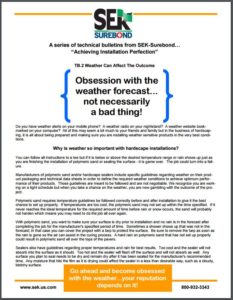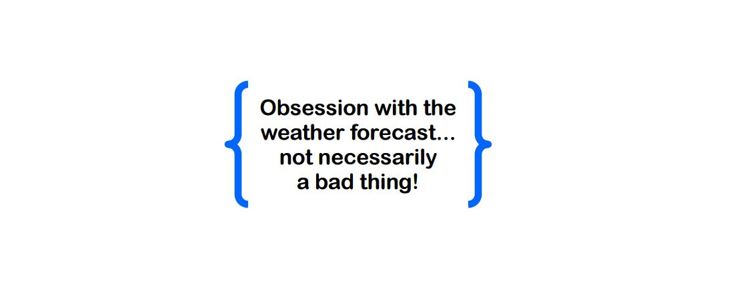Do you have weather alerts on your mobile phone? If you are planning a hardscape installation, maybe you should.
Why is weather so important with hardscape installations?
In the business of hardscape projects, preparation is key to success and that includes installing weather sensitive products in the very best conditions. This is particularly important here in the Pacific Northwest region where some areas may experience periods of wet or cool weather. When using polymeric sand or sealing products, even if you follow all instructions correctly you may still experience problems if temperatures are below or above the desired temperature range, or if rain shows up just as you are finishing the installation of polymeric sand or sealing a surface.
At Mutual Materials, we offer SEK Surebond products and they include specific guidelines regarding weather on their product packaging and technical data sheets in order to define the required weather conditions to achieve optimum product performance. Their guidelines are meant to be followed, and people who work on tight schedules may not realize that taking a chance on the weather could mean gambling with the finished outcome of a hardscape project.
SEK Surebond has a technical bulletin titled, “Weather Can Affect the Outcome” with some of their key points below.
 Polymeric sand and cool temperatures
Polymeric sand and cool temperatures
If the temperature is too low, the polymeric sand may not set up within the time specified. If it never reaches the ideal temperature for the required amount of time before rain or snow occurs, the polymeric sand will probably not harden which means you may need to do the job all over again.
Polymeric sand and moisture
Make sure your surface is dry prior to installation and no rain is in the forecast after completing the job for the manufacturer’s specified period of time. Sometimes a shower shows up that was not in the forecast and you can cover the project with a tarp to protect the surface. Be sure to remove the tarp as soon as the rain is gone so the air can assist in the curing process.
Sealers and the weather
If the temperature is too cool, the sealer will not absorb into the surface as it should. If a temperature is too hot then the sealer may flash off the surface and will not absorb as well. Any surface that you plan to seal needs to be dry and remain dry while sealing. If moisture hits the film as it is drying could affect the sealer negatively, such as a cloudy or blotchy surface.
Thank you to SEK Surebond for providing these helpful installation reminders when using polymeric sand and sealant products.


